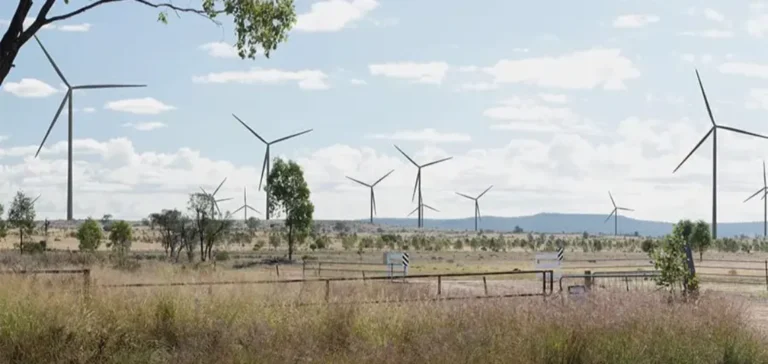Swedish energy company Vattenfall has made the final investment decision for the construction of the Clashindarroch II onshore wind farm, located near the town of Huntly in the Aberdeenshire region of Scotland. The project will feature fourteen turbines with a total installed capacity of 63 megawatts (MW), expected to produce enough electricity annually to supply 61,000 households in the United Kingdom.
A development adjacent to an existing site
Clashindarroch II will be built directly next to the existing Clashindarroch wind farm, which has been operational for ten years. Vattenfall aims to leverage the current infrastructure and operational experience to optimise the new installation. The company continues to expand its onshore wind portfolio in the United Kingdom, where stable regulatory conditions and market attractiveness support further investments.
Preparatory works are scheduled for autumn 2025, with construction set to begin in spring 2026. First power generation is expected in summer 2027. No details have been disclosed regarding the total investment amount or related supply and grid connection contracts.
Targeted expansion in onshore assets
This investment forms part of Vattenfall’s broader strategy to balance its energy portfolio between onshore and offshore segments. While the group has traditionally focused on large-scale offshore projects, it is now strengthening its position in the UK onshore market, where shorter deployment times and lower capital costs offer clear operational advantages.
The United Kingdom remains one of Vattenfall’s key European markets, driven by renewable capacity targets and independent producer access to grid infrastructure. The Clashindarroch II project represents a step forward in the company’s targeted capacity expansion across the region.






















